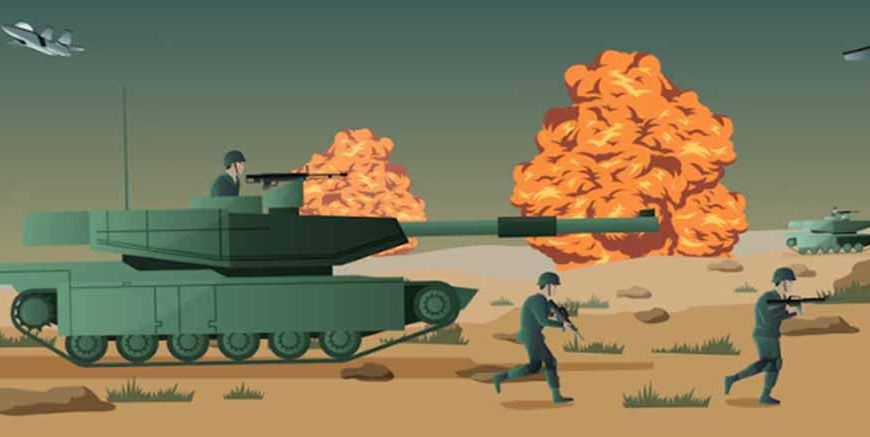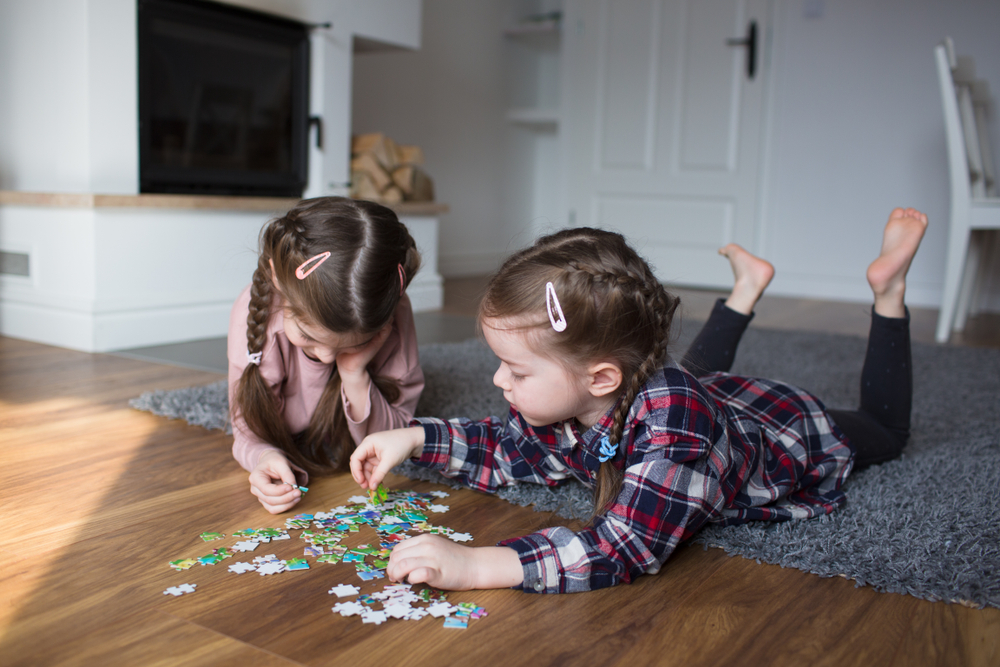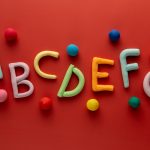World War 1, or the Great War, was one of the most important historical events. It changed the world in many ways, shaping the future of several countries and having a lasting impact on people. As parents, teaching kids about this important part of history can help them understand the effects of wars on humans and countries, among other things. To make it easier, we have compiled some interesting facts about World War 1 for primary school students. Keep reading to learn more!
About World War 1?
The First World War was a mass conflict that drew in many of the world’s countries. The war earned its title, World War 1 because it was not restricted to one geographic area. The conflict spread across Europe, Asia, and Africa, as well as oceans.
The World War 1 lasted for four years, from 1914-1918. It began on 28th July 1914 and ended on 11th November 1918.
This incident involved many soldiers and civilians, and millions of people lost their lives. It was a conflict among two major alliances, including the Allies and the Central Powers. France, Britain, Russia, and later the US were among the Allies. Germany, Austria-Hungary, and the Ottoman Empire were referred to as the Central Powers.
Causes of World War 1
To know why this war started, it is essential to understand the causes of World War 1. The main cause of World War 1 is attributed to the assassination of Archduke Ferdinand. This was one of the immediate causes of World War 1. In 1914, a man from Serbia killed Archduke Franz Ferdinand of Austria-Hungary. However, the war intensified due to the following reasons:
- Alliances: Allies were countries that had agreed to protect each other. If one country was attacked, its allies would get involved, initiating a domino effect after the war started.
- Imperialism: Several European nations were competing to create empires by conquering other countries. This rivalry created animosity and a struggle.
- Militarism: Nations were expanding their strengths and weaponry, training for war. These events made the situation riskier, and a mutual arms race followed as such events unfolded.
- Nationalism: Every country involved in the war wanted to prove itself the best, which caused occasional sparks.
Key Events During World War 1
There are significant occurrences that took place during how World War 1 shaped. Here are some key moments:
- How the War Began: Following the assassination of Archduke Franz Ferdinand, Austria-Hungary declared war on Serbia. Due to the system of alliances, other nations soon entered the fray.
- Trench Warfare: From ditches in trenches, soldiers fought. Soldiers suffered miserably in the trenches, dealing with the elements, mud, and illness.
- WW1 Weapons: The war saw new weapons such as machine guns, tanks, and poison gas. They worsened the war more deadly.
- India and World War 1: Did you know that India also contributed to World War 1? More than a million Indian soldiers served on behalf of the British Army. They fought in locations such as France, Mesopotamia, and Africa. The honour and competence of the Indian soldier ؤ was well known.
Over time, the war finally came to an end in 1918, when Germany signalled their surrender by signing an armistice (an agreement to cease the fighting). This day is now known as Armistice Day.
Who Won World War 1?
The Allies won WWI. Lately, the Allies (British, French, USA, etc.) have beaten the Central Powers. The war formally concluded with the Treaty of Versailles, which was signed in 1919. Germany was blamed for the war, and the country was forced to pay steep reparations.
World War 1 Fun Facts
Here are some fun and fascinating World War 1 facts you wouldn’t want to miss:
- Christmas truce:
- Use of Animals in the War:
- Role of the Women:
- The Red Baron:
- Price paid by India:
In 1914, soldiers from both sides stopped fighting and celebrated Christmas together. They sang carols, exchanged gifts, and played ball.
Dogs, horses, and pigeons played a vital role in WW1. Pigeons were used for message delivery, and dogs were used to locate injured ones.
During this period when men were at the warfront, the women replaced most of the jobs related to farming, manufacturing, and nursing. It helped reshape views about women within society.
A famous German fighter named Manfred von Richthofen, or the Red Baron, was a highly renowned, effective pilot in the War.
74000+ Indian soldiers died during World War 1. Indians take pride in remembering their contribution.
Why Learn about WW1?
There are numerous reasons we should learn about World War 1, and if for no other reason, it teaches us how we got the world we know today. It imparts the value of peace and the cost of war. For students in India, it is also an opportunity to learn about the sacrificial spirit of our soldiers who laid down their lives on the battlefield thousands of miles away from their homeland.
Conclusion
One of mankind’s richest histories is the history of wars. World War 1 was one of the most tragic events that happened to millions of people across the globe. Knowing what led to World War 1, the dates of World War 1, and who won World War 1 gives us deeper respect for all those who sacrificed so much. It should also serve as a reminder of our collective responsibility to work to avoid such conflicts in the future.
If you had fun learning about World War 1, you would definitely enjoy reading about famous Indian freedom fighters and their contributions. Check out our blog, Freedom Fighters Of India – Names And Their Contributions, for more information. Also, don’t forget to visit EuroKids Blogs for more insights on your little one’s development, nutrition, and learning.
At EuroKids, we understand that children learn through exploration, and this is why we make learning fun and engaging. Experience the fun of history, science, and other surprises with us! To discover more about our programs, visit the nearest EuroKids centre today!














